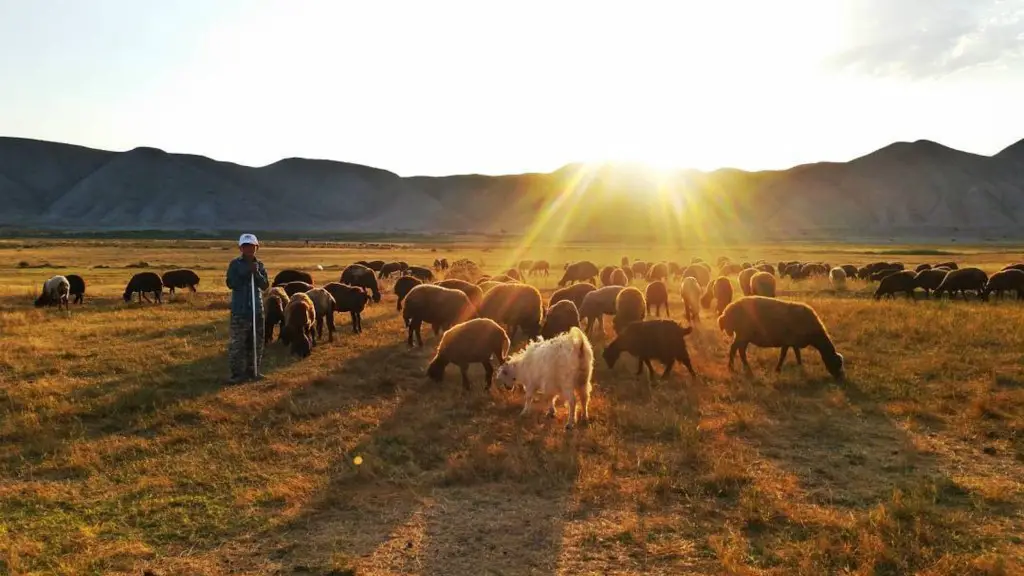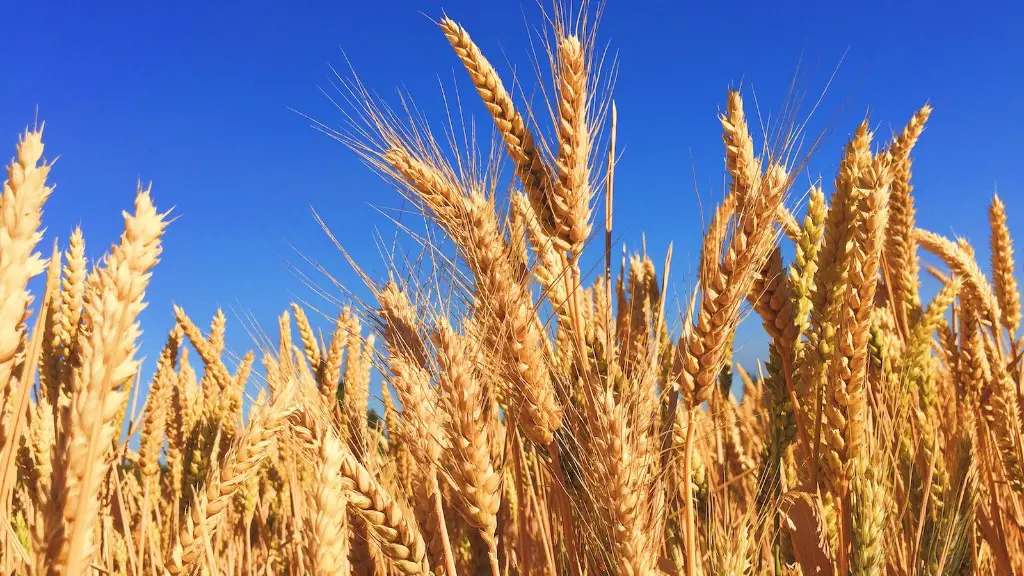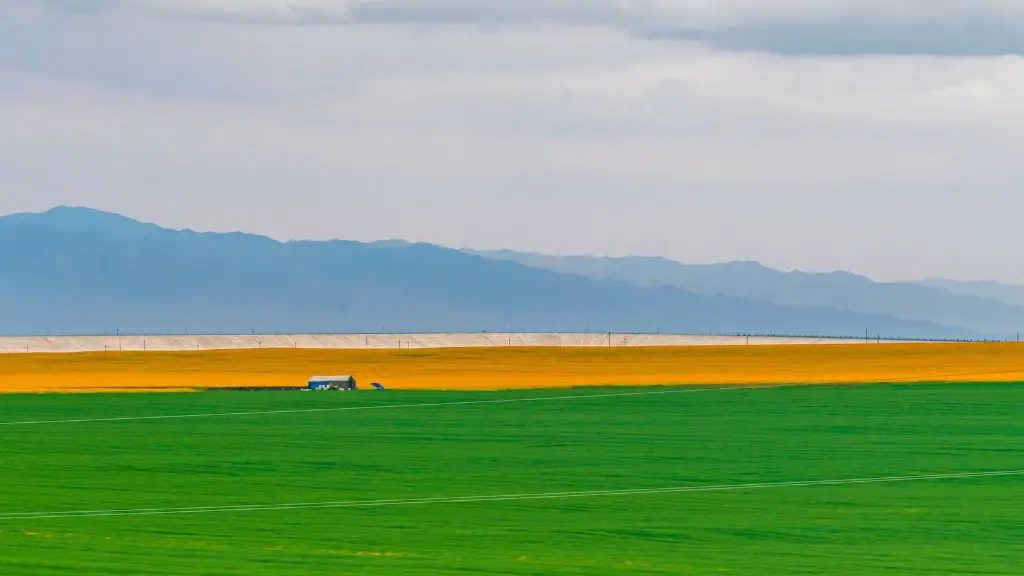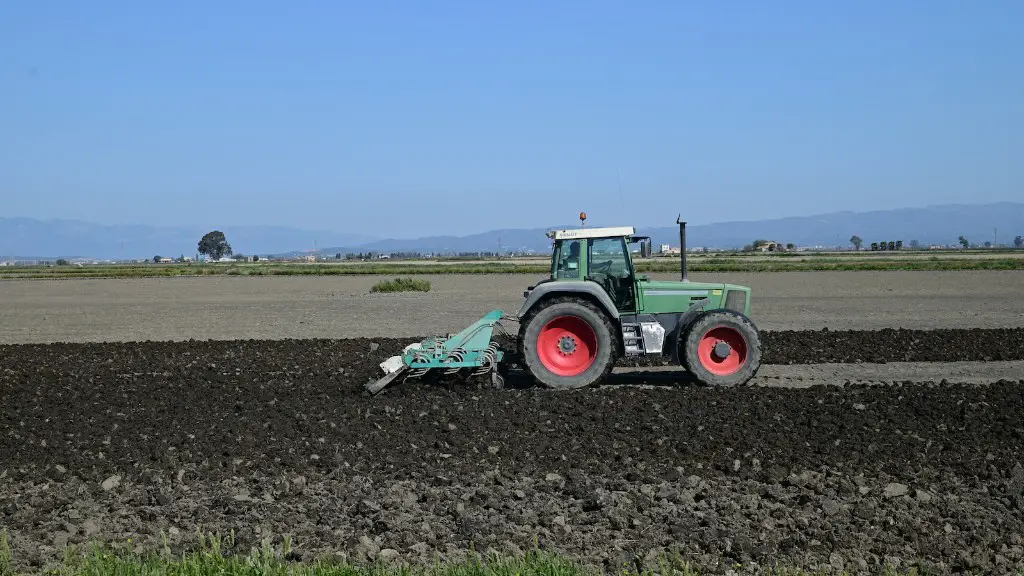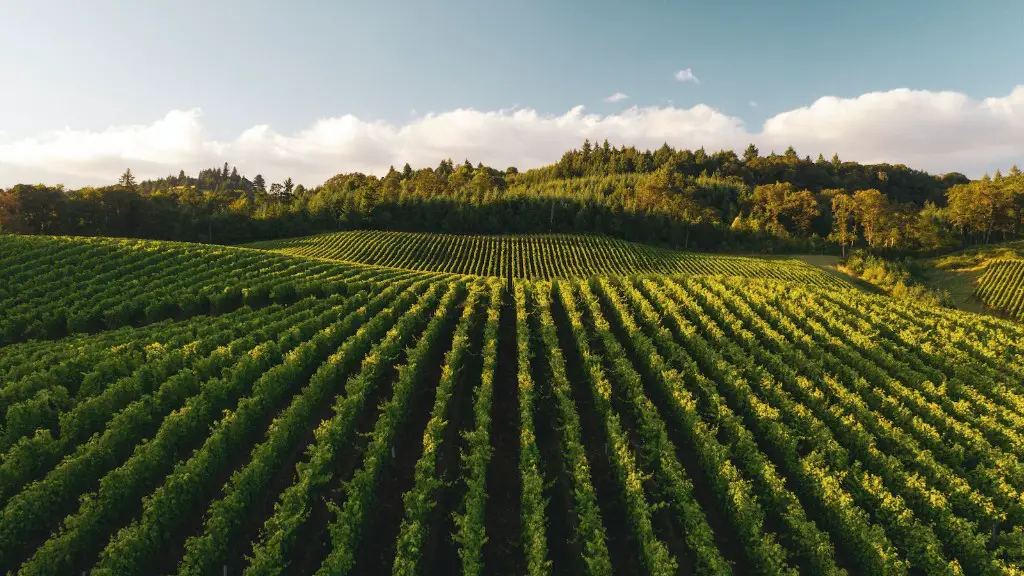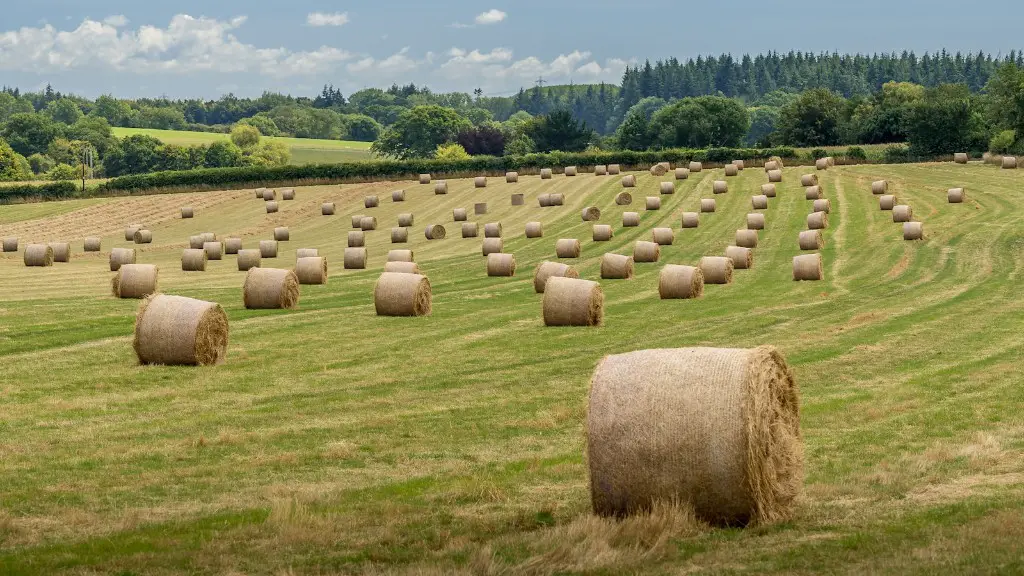The amount of rainfall that a region receives is a major factor in determining what type of crops can be grown there. If an area gets too little rain, the soil will be too dry to support most plants. If an area gets too much rain, the soil may be washed away or become waterlogged.
There are a few ways that rainfall (or the lack thereof) can affect agriculture. One is through drought, which is caused by a long period of below-average precipitation. This can lead to crop failure and loss of pasture, which affects the farmers’ livelihood and the food supply. Flooding can also damage crops and lead to losses for farmers. Soil erosion is another potential effect of heavy rainfall.
How does too much rain affect agriculture?
Excessive rainfall can have a negative impact on crop productivity in a number of ways. Direct physical damage from the heavy rains can cause delays in planting and harvesting, while the roots of plants may be restricted in growth. Oxygen deficiency and nutrient loss can also occur, leading to reduced crop yields.
When it comes to gardening, wet weather can have both positive and negative effects. On the positive side, wet weather can help to promote growth by providing plants with the water they need to thrive. However, wet weather can also lead to problems such as disease and pests.
One of the biggest problems that wet weather can cause is disease. Wet weather can promote the growth of harmful fungi and bacteria which can infect plants and cause them to become stunted, produce spots on their foliage, and even die. Wet weather can also keep pollinators such as bees and butterflies away from plants, which can affect the plant’s ability to produce flowers and fruit.
In general, wet weather can be a mixed blessing for gardens. While it is important for plants to have access to water, too much wet weather can cause problems. Gardeners should be aware of the potential risks and take steps to protect their plants from the negative effects of wet weather.
What are the effects of rainfall
While the potential impacts of heavy precipitation are far-reaching, they can be especially damaging to crops and lead to increased flooding risks. In addition to the physical damage that can be caused by heavy rains, flooding can also lead to injuries and drownings, as well as other health impacts. As such, it is important to be aware of the potential risks posed by heavy precipitation and take steps to protect yourself and your property.
Rain in the winter season is a welcomed sight for farmers. It means that their crops will be watered and the grass for their animals will be green. It also replenishes creeks, reservoirs and the water table. The rain washes away all the summer dust and turns dry grass into decomposing carbon for soil microbes.
What are three ways in which rainfall can affect agriculture?
Intense rain can have a number of negative effects on crops. It can physically damage the plants, delay planting and harvesting, restrict root growth, and cause oxygen deficiency and nutrient loss. In some cases, it can even wash away topsoil, making it difficult for future crops to grow.
Flooded fields can lead to a reduction in soil health due to changes in soil biology, chemistry and physics. Crop disease and pests can increase under these conditions, resulting in reduced yields and poor crop health.
How does rainwater affect plant growth?
Rainwater is a great way to give your plants a little boost of nitrogen – an important macro-nutrient. Nitrogen is one of the three key macro-nutrients that plants need to thrive, and is necessary for the development of lush foliage. So next time it rains, be sure to water your plants with rainwater to give them a light application of fertilizer.
The unseasonal rains have delayed harvest of summer-sown crops by 10-15 days, and have damaged standing crops, leading to a likely drop in output and rise in prices of key staples such as rice, cereals, soyabean, pulses and cotton, analysts said.
“Farmers have started harvesting but the rains have damaged the crops. The losses could be in the range of 20-25%,” said Devinder Sharma, an agricultural economist.
The rains have also hit horticulture crops, including mangoes and bananas, and could lead to a rise in prices of these fruits, Sharma said.
While the rains have been good for kharif crops such as soyabean and cotton, which are sown in the monsoon season, the late rains have damaged the ripened crops, he added.
Why do plants grow more when it rains
It is often said that rainwater is the best water for plants. This is because rainwater contains more Nitrogen and Oxygen than most tap water. Because plant roots are receiving these nutrients directly, they will grow quicker and greener with rainwater.
High rainfall can have a number of different effects on agricultural production. One of the most positive effects is that it can prolong the cropping season. This is because the soil will stay moist for longer, which is ideal for growing crops. However, high rainfall can also cause problems such as increasing the incidence of plant diseases. This is because damp conditions are ideal for the growth of fungi and bacteria. High rainfall can also determine the type of crop that can be grown. For example, crops that require a lot of water will flourish in high rainfall areas, whereas crops that require less water will struggle. Another negative effect of high rainfall is that it can increase the incidence of flooding and erosion. This is because the water can wash away topsoil, which is vital for plant growth. Finally, high rainfall can encourage forestation. This is because the extra moisture encourages the growth of trees and shrubs. However, this can also increase the incidence of pests, such as tse-tse flies.
How does rainfall affect soil nutrients?
When there is sufficient soil moisture for leaching to occur, dissolved nutrients can be carried away with the water in drainage and lost from the soil profile. Nutrients that are leached more readily are usually those that are less strongly held in the soil on clay particles or organic matter. leaching can lead to nutrient deficiencies in plants and can also contaminate groundwater.
Even though the mean values for precipitation are not projected to change, there are likely to be more extreme weather events that will reduce crop yields. Heavy rains, hail storms, and flooding can physically damage crops, and extremely wet conditions in the field can delay planting or harvesting.
What is the negative effect of rainwater
Rainwater can carry bacteria, parasites, viruses, and chemicals that could make you sick, and it has been linked to disease outbreaks. The risk of getting sick from rainwater may be different depending on your location, how frequently it rains, the season, and how you collect and store the rainwater. If you are collecting rainwater for drinking water, it is important to take measures to ensure that the water is safe to drink.
Rainfall is the major driver of soil erosion. Soil erosion has direct impact on separation of soil particles, decomposition of soil aggregates and migration of eroded sediment. Most of the total erosion is caused by erosive rainfall.
What happens to soil when it rains hard?
Water erosion is a serious problem because it can lead to the loss of topsoil, which is the layer of the earth that is most productive for plant growth. If the topsoil is washed away, it can be very difficult to replace it and it may take years for the land to recover. Water erosion can also cause problems for animals and humans. Animals may be hurt or killed if they are caught in the middle of a landslide or mudslide, and humans may be killed or injured if they are caught in a flash flood.
Weather plays a major role in determining the success of agricultural pursuits. Most field crops are dependent solely upon weather to provide life-sustaining water and energy. Livestock are also dependent upon weather for their comfort and food supplies. In general, warm weather is necessary for plant growth, while cold weather can damage or kill plants. Extreme weather conditions can also adversely affect crop yields and livestock health. Thus, farmers and ranchers must carefully monitor weather conditions in order to ensure the success of their operations.
Warp Up
Rainfall is one of the most important factors in agriculture. Without enough rain, crops will not grow properly and can even die. Too much rain can also be a problem, causing flooding and damage to crops. Therefore, farmers must carefully monitor rainfall levels to ensure that their crops are getting the right amount of water.
Rainfall is a vital component of agriculture. It is required for the growth of most crops and affects the timing and amount of harvests. Rainfall also affects the quality of theharvested crop.
